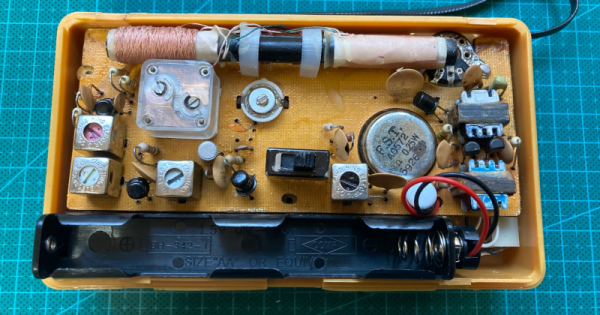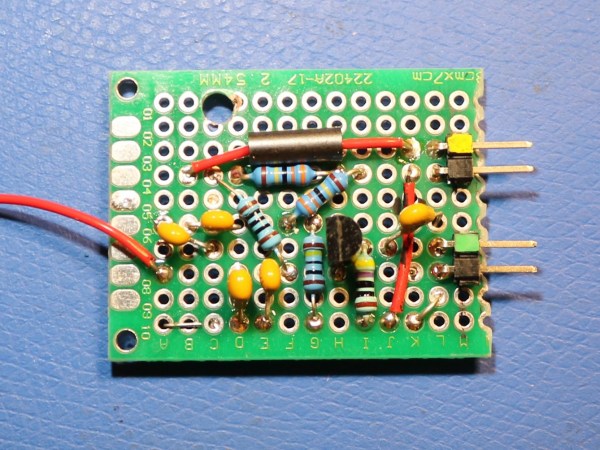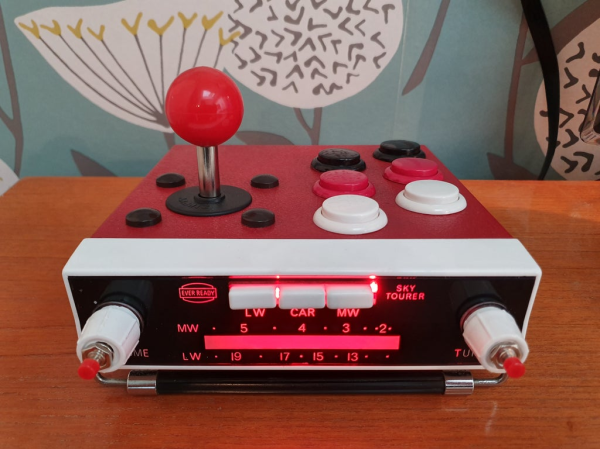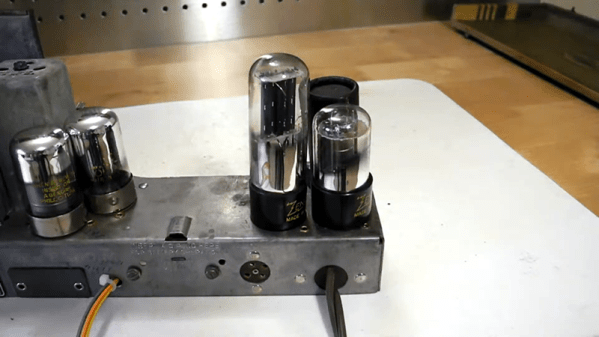Old radios often had selenium rectifiers to convert AC to DC. The problem is that the old units, dating back to 1933, are prone to failure and to release dangerous chemicals like hydrogen selenide. [M Caldeira] has a new board made to fit a particular rectifier and also allows a varying voltage drop. The circuit consists of a few diodes, a MOSFET, and a pot for adjusting the voltage drop. An IRF840 MOSFET provides the adjustment.
Did it work? It did. The good news is that if it fails — which shouldn’t happen very often — it won’t release stinky and noxious fumes
We wondered if he should 3D print a fake case to make it look more the part. If you haven’t seen a real selenium rectifier, they were made of stacks of metal plates coated with bismuth or nickel. Then, a film of doped selenium was annealed to the surface to form cadmium selenide. Each plate could handle about 20 V and the more plates you used, the more reverse voltage the device could withstand.
Selenium was also found in old photocells. If you fancy replacing other parts of an old radio, you might consider a faux magic eye or even one of the main tubes.


















